5. Insidious (2010)
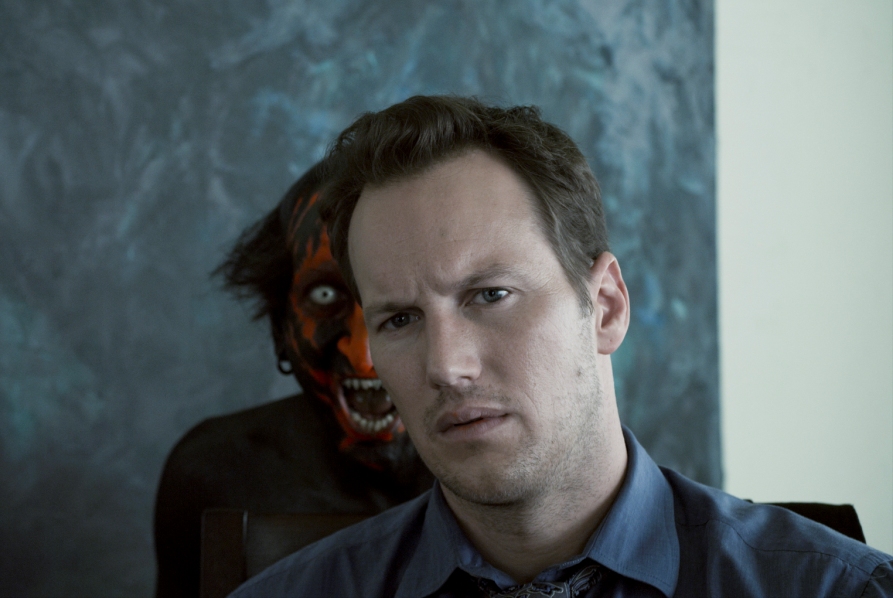
After the back-to-back disasters of “Dead Silence” and “Death Sentence”, which were released in the same year to great critical and commercial panning, Wan was desperate to make a film that would revive his reputation and reestablish him as a figure to be reckoned with in the horror genre – and he got just the thing with “Insidious”.
A simple, unpretentious but very effective throwback to haunted house films of yore, “Insidious” is a testament to how much of a difference just a little style and craft can make, taking even the oldest tricks in the book and making them feel as terrifyingly new as ever. Case in point: in Wan’s hands, even a jumpscare, horror’s cheapest and most broadly despised technique, can be a memorably chilling moment – anyone who has seen this film is irrevocably haunted by that split second image of a demonic red face.
The real key to the blood-curdling effect of the film, however, are not these isolated moments of quick frights (good as they may be), but the sustained atmosphere of tension that Wan can conjure up better than practically anybody else working in horror movies at the moment. He would go on to make better movies, but “Insidious” was the first real step towards the James Wan we recognize today.
4. The Conjuring (2013)
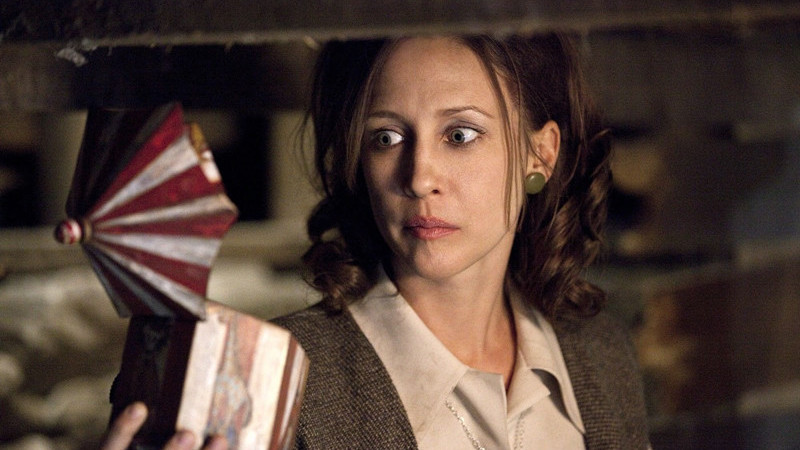
Even if the sequel to “Insidious” hadn’t been underwhelming it still would’ve felt pointless, considering Wan had already made the perfect spiritual successor to that film with “The Conjuring”.
Like his earlier success, this is an admirably old-fashioned ghost picture, both formally and narratively. It’s the rare major modern horror film that is not made as an excuse to explore trite ideas about trauma or any such thing, but just a genuinely engrossing genre piece. The combination of Wan’s unpretentiousness with his passion for the genre is one of his better traits; he truly only aims to scare an audience and has the confidence to do so.
“The Conjuring” has it’s problems (turning well-known charlatans like the Warren into quasi-mythical heroes is a pretty questionable decision in and of itself) but they’re mostly overridden by Wan’s formal mastery; this film aims for the moody formal rigor of something like “The Exorcist” and at it’s best it can rival even the most brilliantly hair-rising moments of Friedkin’s classic.
3. Aquaman (2018)
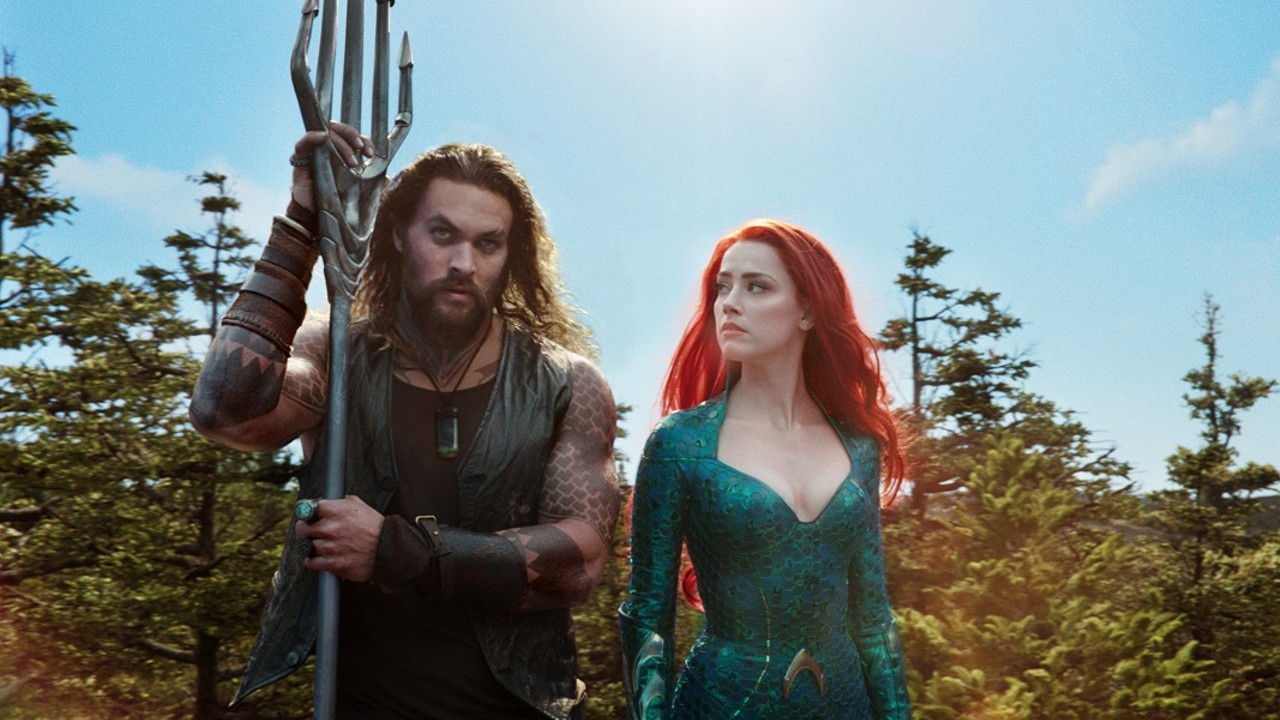
No doubt there will be some purists who’ll see the placement of “Aquaman” this high on the list as a joke, an immediate grounds for wholesale dismissal of the entire ranking, a personal affront even. How could this nakedly ridiculous superhero flick be placed higher than Wan’s more personal and instantly classic horror films?
And while there’s no accounting for personal taste and everyone is obviously entitled to their own favorites, people would be utterly wrong to assume “Aquaman” bears any less of an auteur imprint than Wan’s original projects; in fact that’s one of the most immediately striking and admirable things about the movie, how, unlike the vast majority of made-by-comittee comic book films, this is the product of a distinct directorial vision through-and-through.
Wan’s brand of goofy, maximalist sincerity is an absolute perfect fit for a comic book adaptation and it’s visible through every gloriously excessive minute of this go-for-broke movie, which skewers so much mythology, storylines and visual imagination that it’s a wonder the director has any ideas left for a sequel. “Aquaman” is a film that can effortlessly go from underwater duels (scored by a drumbeating octopus) to a horror-tinged set piece of a horrifying sea monster siege; and make it all feel cohesive within this royal self-actualization framework of the main character.
It’s an exhausting movie by design, not because it’s relentless spectacle is mind-numbing, but because it never ceases to genuinely dazzle with it’s pulpy, dorky, silly, inventive visuals – shark-riding warriors, fluorescent jellyfish dresses, underwater laser battles; these are all things you’ll find in any given scene of this superhero masterpiece.
2. Saw (2004)
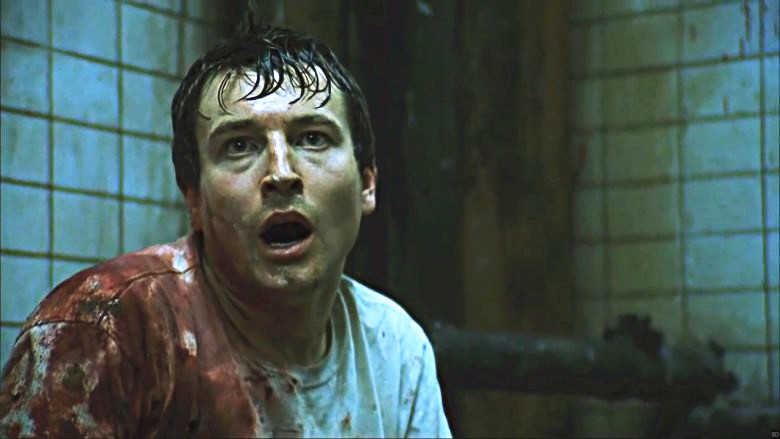
It’s a testament to the raw, lo-fi power of the original “Saw” that not even two decade’s worth of absurd copycats and it’s own increasingly more underwhelming sequels were enough to diminish the film’s hold on popular culture – nor, more importantly, it’s effectiveness in shocking an audience.
Not that revolutionizing the landscape of modern horror was something that either Wan or his co-writer/star Leigh Whannell ever had in mind while making this extremely low budget little film, which makes up in ingenious craft and pure genre nastiness what it lacks in production value. What by all standard predictors should have been, at best, an obscure midnight showing hit became an overnight sensation that not only launched the career of it’s director but essentially established an entire new subgenre of horror – while the movies themselves are not necessarily comparable in brilliance, it could be said that “Saw” is as watershed a mark for horror as Carpenter’s “Halloween” was.
All these years later, it’s easy to understand why the film was so revolutionary, bringing a stylistic urgency and a frank ugliness that was all but gone from mainstream horror cinema at the time; capping the series of gleefully gruesome set pieces (from the very beginning Wan was a gifted set piece filmmaker) with an all-time last-minute twist. Still an absolute blast to watch.
1. Malignant (2021)
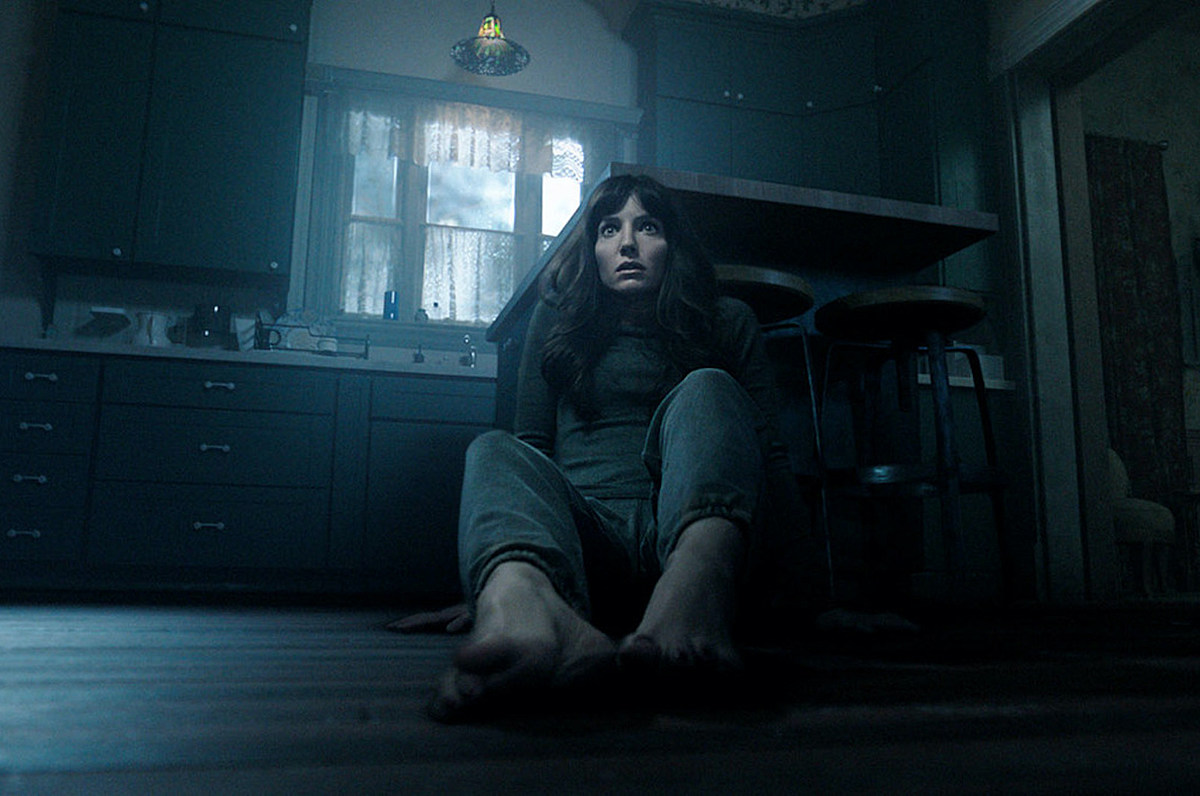
It’s been barely a year since “Malignant” came out, but it’s by no means a hyperbole to say that in this brief interim the movie has already become a cult classic – and for good reason. In many ways the film plays like a culmination of Wan’s entire career, harmonizing his taste for gonzo material, the wild stylistic playfulness of his later features and a newly self-assured sense of grandeur courtesy of Aquaman’s billion dollar box office into one gloriously fun feature.
What puts Wan above any of his contemporaries with similarly spooky sensibilities is his ability to honor the history of horror but also to transcend his influences; he’s not a pastiche artist or a mere copycat, he takes the classics and imbues them with a very particular personal style.
There’s perhaps never been a better example of this than “Malignant”, which starts as a sort of modern riff on classic giallo but eventually morphs into something much weirder and harder to pin down, a cross between the B-movie schlockfest of 80’s Frank Henenlotter with the hyper-violent, expertly choreographed action of today.
It’s a unique mix that wields the kind of pulpy, supremely silly, knowingly campy, deliciously sleazy madness that us genre fiends constantly crave and yet so rarely get anymore. Wan is a young director and he only gets better with every movie, but it’ll be difficult for him to make another that more brilliantly distills everything he has to offer than “Malignant”.